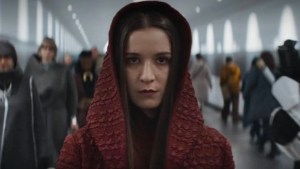Star Wars: Andor‘s mission is to build toward the events of Rogue One: A Star Wars Story and Star Wars: A New Hope. The Empire’s power is at an all-time high, and the people of the galaxy are really only starting to believe that a rebellion is a cause worth pursuing. With that being the case, there’s little time for the show to tease stories that don’t directly tie into its own. Even Star Wars Rebels, which features an episode that picks up right after the events of Andor Season 2, Episode 9, “Welcome to the Rebellion,” barely gets any love.
Videos by ComicBook.com
Looking closely at the events of Andor will reveal a few breadcrumbs that set the stage for the Star Wars sequel trilogy, however. In fact, in a couple of instances, the Disney+ show reveals something that makes the controversial set of films much more tolerable.
1) Force Healing Is Pretty Common
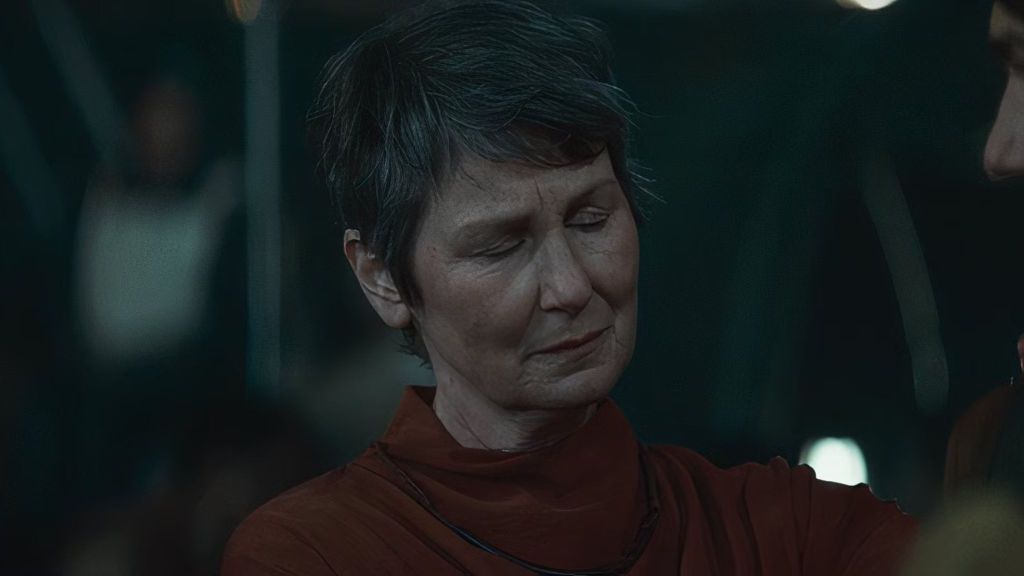
Star Wars: The Rise of Skywalker‘s plot is messy, to say the least. It brings Emperor Palpatine back into the mix, sends Rey on a journey to discover her strange heritage, and shoehorns in a relationship for Poe Dameron. The wildest part of The Rise of Skywalker‘s story, though, is the addition of Force healing, which allows Ben Solo to save Rey after she dies fighting Palpatine.
Andor goes out of its way to show that Force healers are a pretty common thing in a galaxy far, far away. The titular rebel doesn’t believe in the practice, but it’s hard to believe the woman on Yavin IV isn’t in tune with the Force when she calls Cassian a “messenger,” teasing his mission to get the Death Star plans into the right hands.
2) The Resistance Base Already Helped the Rebellion
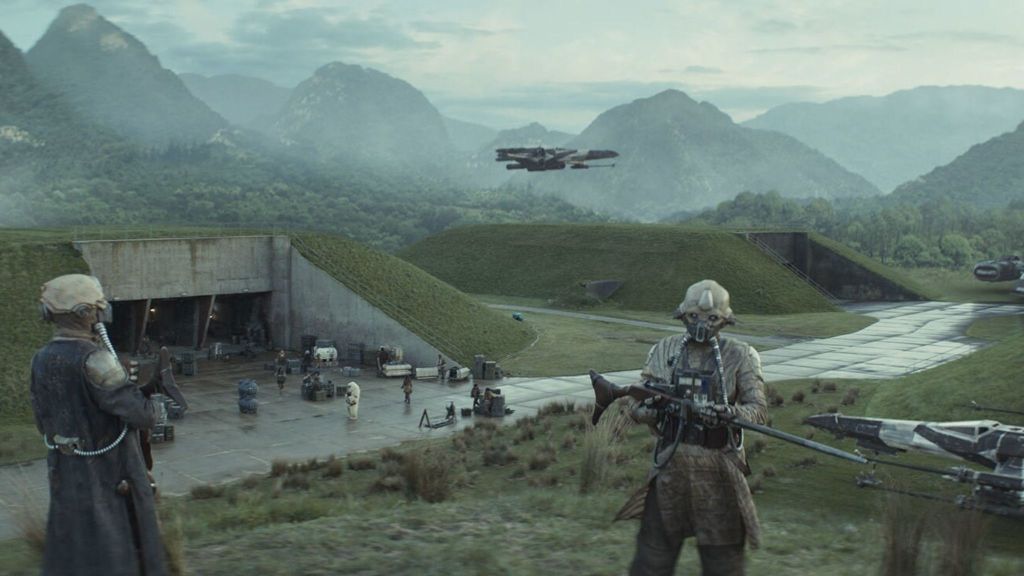
Like the original trilogy, the sequels don’t spend much time diving into the history of their freedom-fighting force. The Resistance’s leaders are familiar faces, such as Admiral Ackbar and Leia Organa, so there’s really no need to explore anything but the fact that they’re fighting back against the First Order.
With Andor showing all the different sides of the Rebellion across the galaxy, it has the unique opportunity to reveal aspects of the Resistance in their earlier years. The most prominent example is the base on D’Qar, which Saw Gerrera uses in Andor while trying to teach his men how to extract rhydonium.
3) General Hux’s Betrayal of the First Order Makes More Sense

In Star Wars: The Force Awakens, General Hux is every bit as evil as Grand Moff Tarkin and the other Imperials in the original trilogy. That’s why it’s hard to understand when he turns out to be the Resistance spy in The Rise of Skywalker, feeding information to Poe and Co. to help them defeat the First Order.
Andor helps Hux’s character by showing how some Imperials, like Deedra Meero, don’t necessarily believe in every part of the cause but follow orders because they think it will get them a better job. However, they’re ready to give it all up and throw others under the bus when things don’t go their way.
[RELATED – 6 Star Wars Heroes Who Have Only Gotten Better With Time]
4) The New Republic’s Shortcomings Start to Form During the Rebellion
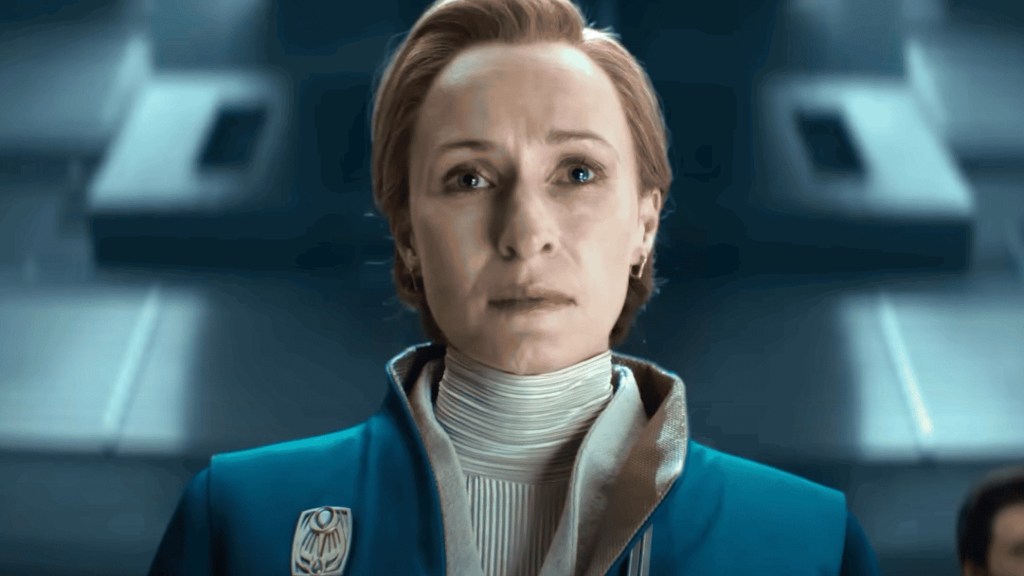
Despite helping rebuild the Republic after the original trilogy, Leia isn’t in good standing with the government when the sequels kick off. Their inability to act when the First Order starts to gain power leads Leia to build the Resistance, which is the only thing standing in the way of Kylo Ren and Co. gaining total control of the galaxy after they destroy the New Republic systems.
Throughout its two seasons, Andor proves how hard it is to get anything done when politics are part of the game. Even major Rebellion figures like Mon Mothma and Bail Organa struggle to seize opportunities, making it easy to see how another version of the Empire is able to grow right under their noses.
5) It Takes More Than Jedi to Win a War
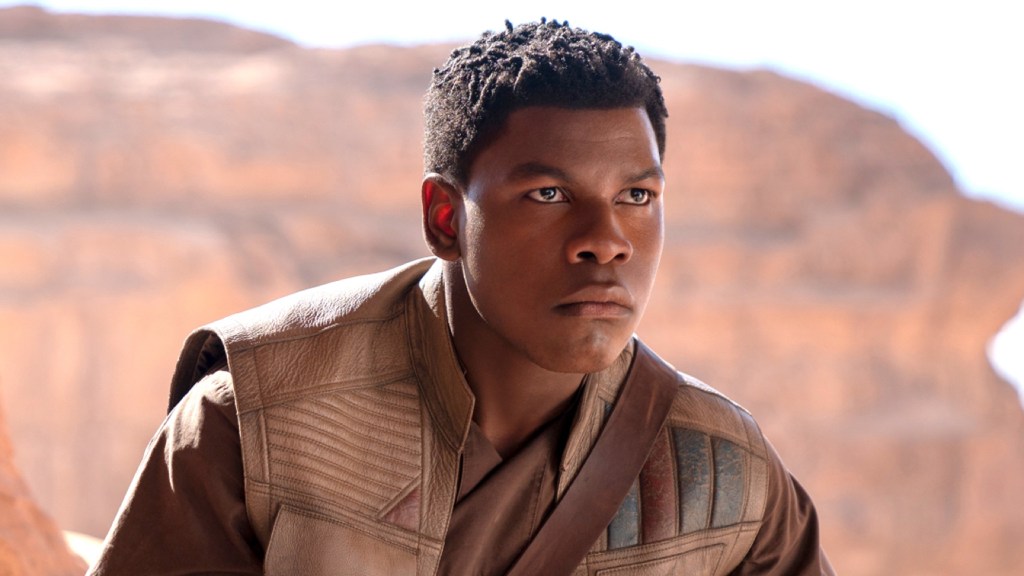
Finn has as much potential as anyone in The Force Awakens. He shows initiative by defecting from the First Order and holds his own with a lightsaber. However, the next two movies fail to make Finn much more than an agent for the Resistance, touching on Force sensitivity but never exploring it fully.
Andor retools the classic Star Wars stories by making them less about the Force and more about the everyday people who make sacrifices to benefit the cause. Characters like Luthen Rael and Cassian never wield a lightsaber or move things with their mind, but their contributions are every bit as important as Luke Skywalker’s.
Star Wars: Andor and the Star Wars sequel trilogy are streaming on Disney+.
Do you think Star Wars: Andor helped make the sequels better? What other moments do you think belong on this list? Let us know in the comments below!








